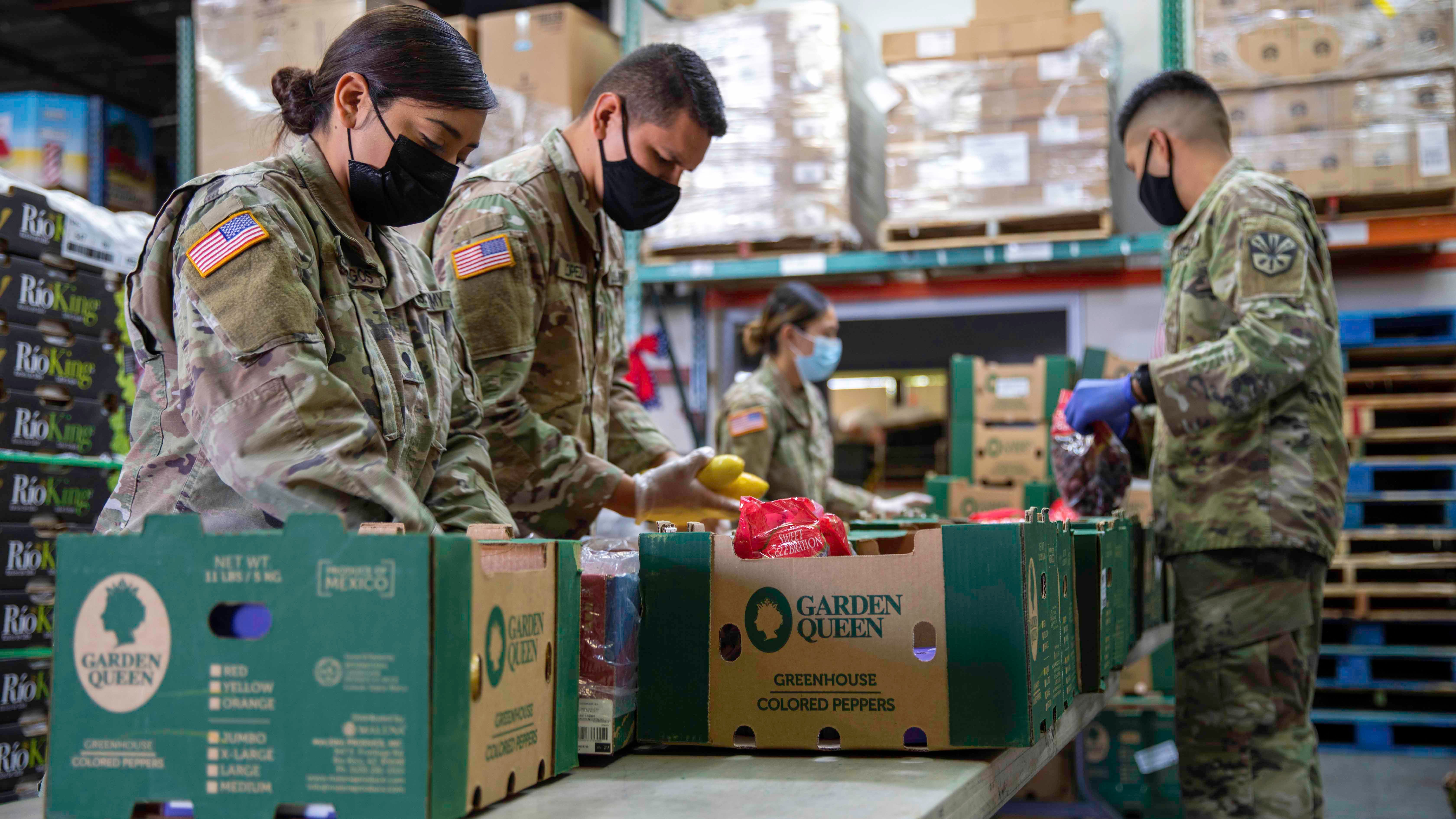Stigma ‘Largest Barrier’ for Food Insecure Soldiers
Stigma ‘Largest Barrier’ for Food Insecure Soldiers

Service members experiencing food insecurity may be particularly affected by issues such as stigma and a lack of awareness of resources, a Rand Corp. report found.
Just over one-quarter of active-duty service members were food insecure in 2018, according to the report. Researchers also found that food insecure troops were more likely to be enlisted personnel in the grades of E-4 to E-6, single with children, married without children or a racial or ethnic minority.
Troops facing food insecurity also were “disproportionately” in the Army, the report found.
Rand considered available literature, held discussions with stakeholders at military installations at eight locations and at the national level and incorporated data from several surveys of active-duty troops and the Defense Manpower Data Center across a five-year span to reach its findings.
“It’s clear from the DoD surveys that food insecurity in the military is a problem that affects a wide variety of military families, but we don’t yet have a good handle on why,” Beth Asch, a senior economist at Rand and lead author of the study, said in a statement. “While DoD has taken an important step to understand the scope of food insecurity, more work needs to be done to grasp the underlying reasons why the rate of food insecurity reported in the survey is so high.”
One challenge could be financial management for service members who are receiving a paycheck for the first time, a senior enlisted leader at an installation said in the report.
“We pull individuals from all walks of life,” the leader said. “For the service members who didn’t have anything growing up, it’s a steady paycheck every two weeks. People aren’t thinking about the future, and it’s the first time they’ve had access to steady income. … It probably took me eight years to understand that I couldn’t live like that.”
Stigma was the “largest barrier” that prevented service members and their families from receiving food assistance, financial help or counseling, the report found. Just 14% of service members classified as food insecure made use of food assistance programs in 2018, according to the report.
“They don’t want to signify that they need any help,” an installation representative said. “It has a lot to do with their self-esteem. They’ll avoid going down those avenues at all costs. The military culture prides itself on sufficiency. There is a feeling that I’m failing if I need to access these benefits.”
Soldiers also may not know about available resources and their eligibility requirements.
“I could run into an NCO and talk with them, and they don’t know about all the services and programs that we offer,” an installation representative said. “And I’m thinking to myself, how do you not know that we’re here?”
Even when data was adjusted to compare food insecurity between service members and civilians with similar characteristics, military personnel were 16.8% more likely to be food insecure.
The Association of the U.S. Army last year pledged $1 million to Army Emergency Relief to assist soldiers and military families experiencing food insecurity.
In the future, additional research could help to understand the root causes of food insecurity and how they compare to each other, the study found.
“Our research suggests that more information is needed on the root causes of food insecurity and, specifically, the rank order of causes,” it found.
Read the full report here.

